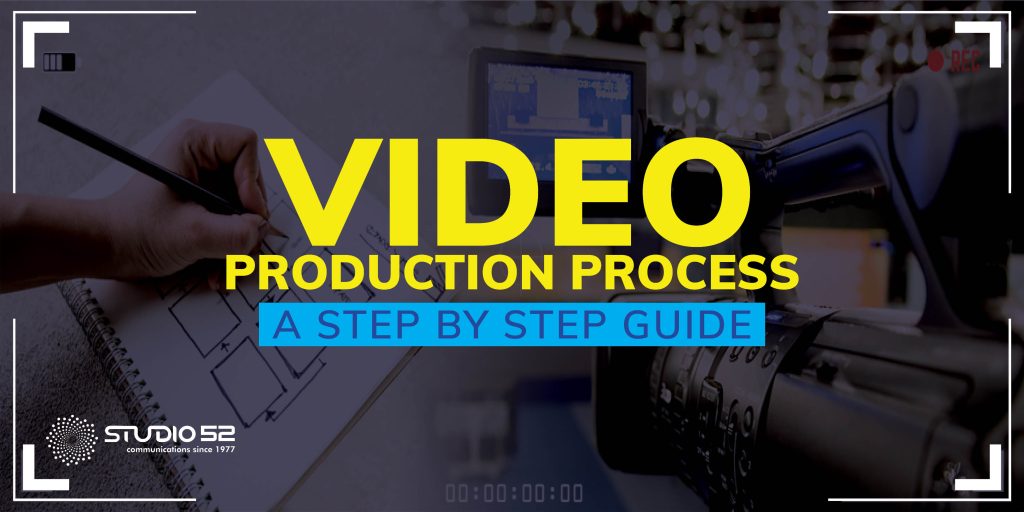Videos are educational, informative, and entertaining, which is why you should never overlook them as a powerful marketing tool for your business. It’s a powerful means for distributing your message. The video can be used to persuade and engage with your potential customers. Or to enhance their understanding of the product.
As an experienced digital marketer you know that when it comes to content, video is very important, not just on YouTube or Facebook but also on other platforms. Like emails with the word “video” in the subject line are opened 7% more times. Check out some more of such interesting video statistics:
- Videos attract 300% more traffic than other types of content and are an effective tool for nurturing leads. (MarketingSherpa)
- Video increases organic traffic on a website by 157%. (Conversion XL)
- 94% of marketers say that video helps users understand their products or services better. (Wyzowl)
- 78% of video marketers say video has directly helped increase sales. (Wyzowl)
- 79% of people say they have been convinced to buy or download a piece of software or app by watching a video. (Wyzowl)
- Users spend 88% more time on websites that have videos. (Impact)
- 83% of people say that a product or service explainer video helped them make a buying decision. (MotionCue)
As you can see from the statistics above the message is quite clear – video marketing is a powerful medium for all brands. But, despite knowing all this, many digital marketers freeze at the thought of the video, mostly because they don’t know where to begin. In this post, we will take you step by step through the corporate video production process so you can feel empowered and enthused.
Video Production Steps Outlined
Producing a video is a lot like any other kind of content, just with its own peculiarities. Video production requires careful planning and directed effort. Let’s go through each of these steps one by one.
Step 1: Identify Your Goals
The very first step of video production begins with the ultimate goal you have in mind for your video content. So, you need to decide whether you want to use video to raise awareness of your brand or share an internal message with your employees.
Your objectives should be SMART – Specific, Measurable, Achievable, Relevant, and Time-bound. If you are having trouble defining what you want to achieve through the video content, try thinking about issues in your business that could be solved with a video.
Step 2: Research Your Audience
The success of any video project rests on your understanding of your target audience. Unless you have a firm understanding of who your audience is, which age group they belong to, what they like, and how they think, you will have a hard time creating video content that appeals to and engages with them.
To clearly define the audience you need to conduct thorough research and gather insights on your target viewers. Once you have the correct persona of your target audience you can base all of the creative decisions involved in video production on solid facts and research.
Step 3: Define Your Core Message
Clearly defining your message is just as important as is the importance of knowing your audience. So, the third step would be what you want the audience to do after watching the video. Whether you want them to subscribe to your official channel, or sign up for discount offers, you need to consider these actions when defining the core message.
Sometimes you might want to include multiple messages in your video, but try to keep them to no more than a few. Too many messages can confuse your audience.
Step 4: Create a Strategy
Just like you build a strategy for any kind of marketing campaign, you need to build a strategy for your video too. A good strategy is important for the success of your video. You need to answer questions like:
- How will you create your video content – internally or externally?
- How will you distribute your video?
- How can you repurpose the video for improved ROI?
- What will be your budget for the video?
- What will be the deadline? etc.
Step 5: Write a Video Production Brief
Whether you are producing the video internally or externally, a video production brief would serve as a guide during the whole production process. Your video brief would contain all the important data that you have collected in the above steps so far.
An ideal video brief should contain all the details without being overly long. If you are working with a good video production agency, they will be able to help you write an effective video brief.
Step 6: Write Your Script
Once you have done your research on the audience and know the purpose of your video, it’s time to write the script. Use specific core messages and imagery to create your script. This is the step where a lot of brainstorming happens and you get to hear some of the most intelligent and outlandish ideas.
If you are well versed in writing a script, go ahead and do it on your own or else sit down with your video production partner to work on it. We suggest that this is the right stage to involve the video agency as the script would include details like camera angles, wardrobe, dialogue, background setting, location, and many other important details about the shoot.
Step 7: Find the Right Video Production Partner
Now that you have everything ready, it’s time to find a video production company that can match your requirements. This step will involve doing some research, reviewing portfolios and demo reels, getting peer recommendations, setting up meetings, and going through various proposals.
Share the video brief and script with the production agency to see if they understand you. This is also the step where you can share your initial ideas if you don’t have any clue about writing a script. An experienced video production company would help you write an in-depth creative script that will also incorporate your own brand standards like design elements.
This step would also involve informing the video production company about your budget, setting up a video production timeline, and discussions. Remember that communication is a crucial part of this step, so be sure to keep up good communication.
Step 8: Planning and Scheduling the Shoot
This is the most exciting part of the video making and involves all the action. You will be working closely with your video production partner to shoot the video as planned and provide feedback and approvals wherever necessary.
An experienced video producer would scout for a location, get the crew (director, camera operator, light and sound technicians) together, cast actors, organize the equipment, acquire necessary licenses and permissions, and more. You can see for yourself how stress-free it will be for you if you are working with a video production company.
Step 9: Begin Filming
If you have followed all the above steps, the director knows precisely what they are doing on the shoot, so at this stage, you can sit back and relax and let the professionals do their job. The director would ensure that the script is being followed closely and everything is going as planned.
Showing trust in the director, the producer, and the crew would help them deliver to their highest potential.
Step 10: Editing
Once all filming is complete, it’s time to begin editing. It’s a critical step that has the potential to bring any video to its full potential, so it resonates with the audience.
When the entire footage is handed over to the video editor, he/she would examine it all and select the best clips to use in the final video. They will then edit the film according to the script so that your core message shines through.
Here’s a brief look at what our experienced Studio52 video editors do at this stage to make the whole edit feel cohesive:
- Cutting the video in a way so that it’s easier to understand and follow.
- Edit in such a way that it looks visually interesting.
- Use B-roll to liven up long shots.
- Include CTA to encourage your audience to take action.
- Adding graphics and special effects if needed.
- Adding background music and additional sound effects complementing the mood and tone of the video.
- Incorporating voiceover if necessary.
Step 11: Coding and Distribution
Now comes the final step of the video production process. In order for your video to succeed, it needs to be coded properly in the right format. Doing this allows maximum distribution and the ability to watch on a variety of devices, including smartphones, tablets, and desktops.
After this, your video will need to be hosted online so it can be shared and distributed according to your strategy.
Wrapping Up!
There’s a lot that goes into creating a video. From capturing great video footage and high-quality audio to assembling everything together to finding the right channels to share it on, there are many pieces that you have to put together.
Now that you know each of the steps it takes to produce a great corporate video, you should feel more confident.
If you are looking to start creating videos for your brand, Studio52 is right here. Let our experts guide you through the process. Give us a call or contact our representatives for more information.





